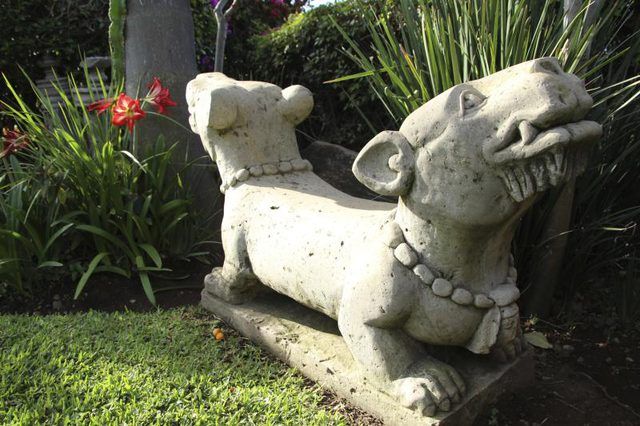Bulbs
Flower Basics
Flower Beds & Specialty Gardens
Flower Garden
Garden Furniture
Garden Gnomes
Garden Seeds
Garden Sheds
Garden Statues
Garden Tools & Supplies
Gardening Basics
Green & Organic
Groundcovers & Vines
Growing Annuals
Growing Basil
Growing Beans
Growing Berries
Growing Blueberries
Growing Cactus
Growing Corn
Growing Cotton
Growing Edibles
Growing Flowers
Growing Garlic
Growing Grapes
Growing Grass
Growing Herbs
Growing Jasmine
Growing Mint
Growing Mushrooms
Orchids
Growing Peanuts
Growing Perennials
Growing Plants
Growing Rosemary
Growing Roses
Growing Strawberries
Growing Sunflowers
Growing Thyme
Growing Tomatoes
Growing Tulips
Growing Vegetables
Herb Basics
Herb Garden
Indoor Growing
Landscaping Basics
Landscaping Patios
Landscaping Plants
Landscaping Shrubs
Landscaping Trees
Landscaping Walks & Pathways
Lawn Basics
Lawn Maintenance
Lawn Mowers
Lawn Ornaments
Lawn Planting
Lawn Tools
Outdoor Growing
Overall Landscape Planning
Pests, Weeds & Problems
Plant Basics
Rock Garden
Rose Garden
Shrubs
Soil
Specialty Gardens
Trees
Vegetable Garden
Yard Maintenance
Sealing Concrete Garden Ornaments
Sealing Concrete Garden Ornaments. Concrete ornaments can add beauty, practicality or whimsy to a garden -- and sometimes all three. Whether a birdbath or bench, gnome or pillar, there's a concrete garden ornament for any landscape. But because garden ornaments face exposure to the elements, they require sealing lest they crack, chip or mold over...

Concrete ornaments can add beauty, practicality or whimsy to a garden -- and sometimes all three. Whether a birdbath or bench, gnome or pillar, there's a concrete garden ornament for any landscape. But because garden ornaments face exposure to the elements, they require sealing lest they crack, chip or mold over time. Non-yellowing sealers will not only protect concrete ornaments from moisture, but they also will also keep paint colors bright.
Choose Correctly
Different concrete sealers lend themselves to different uses. Those designed for garden ornaments and other exterior cement or concrete surfaces usually include latex or acrylic. Such sealers allow concrete to breathe, which reduces the risk of it cracking and breaking during freezing and thawing. Latex-based sealers penetrate the concrete and offer a natural finish. They prove especially effective in areas prone to rapid freezes and thaws. Acrylic-based sealers coat concrete with a thin covering and protect especially well against water, which benefits garden ornaments in wet areas prone to mold growth. Polyurethanes and epoxies protect with a thick layer but do not breathe well and can trap water beneath the surface.
Prepare Properly
Clean garden ornaments before sealing the concrete. Rinse off any loose dirt and debris, and use a soft brush to gently scrub off any moss or other stubborn plant material clinging to the surface. Let it dry completely. This last step is very important because some sealers won't work properly if the ornament is damp, and if water is trapped beneath the sealer, cracking may occur later when the water expands as it freezes.
Apply Carefully
Wait for a warm, still day when there is no chance of rain to apply the sealer. For ornate concrete lawn ornaments, an airless sprayer might be the best way to go as it is hard to roll sealer into cracks and crevices and over bumps. If you don't spray on the sealer, apply it with a soft paintbrush, as long as it is small enough so you can dab sealant into small corners. SVJ Creative Designs recommends not sealing the bottom of the ornament at all to better allow it to breathe.
Maintain Accordingly
Let the concrete ornament dry thoroughly before you display it. When you put it out, choose the location carefully. Concrete garden ornaments are best placed on porous materials such as loose gravel, patio bricks or cement blocks that drain well and will not retain moisture. If you place the ornament on soil or mulch, it will absorb the water from the ground, which can lead to cracking and chipping. In addition, do not let snow or ice accumulate on the ornament -- brush or knock it off -- for the same reason. Epoxy and urethane-based sealers last for between five and 10 years, but acrylic-resin sealers only last for one to three years. Depending on the climate, you might have to reapply the sealer annually. This is especially true if the concrete ornament is brightly painted.